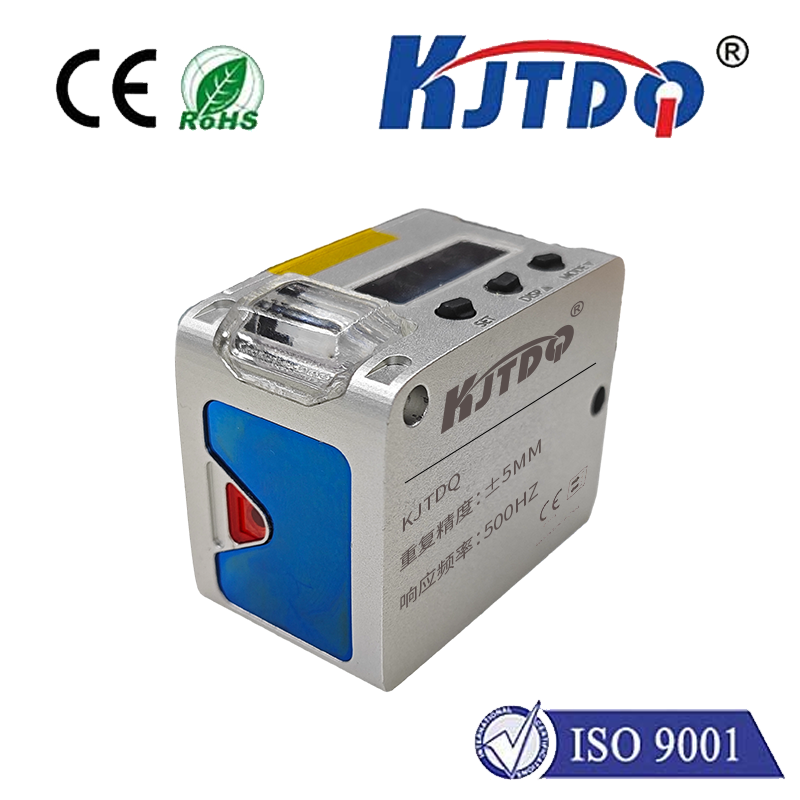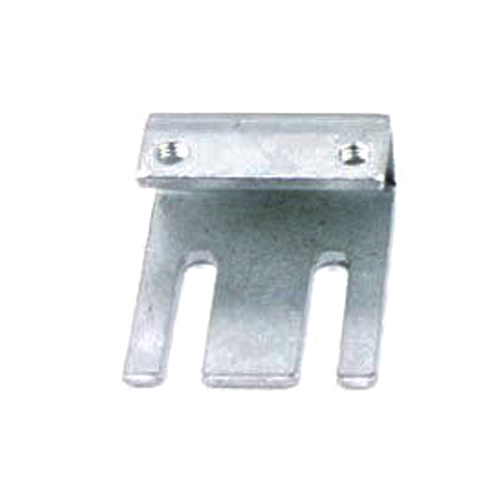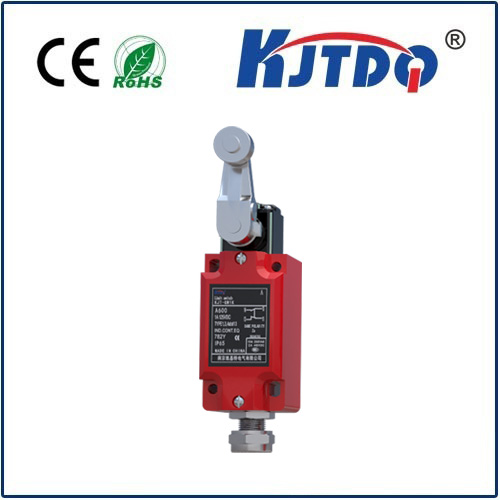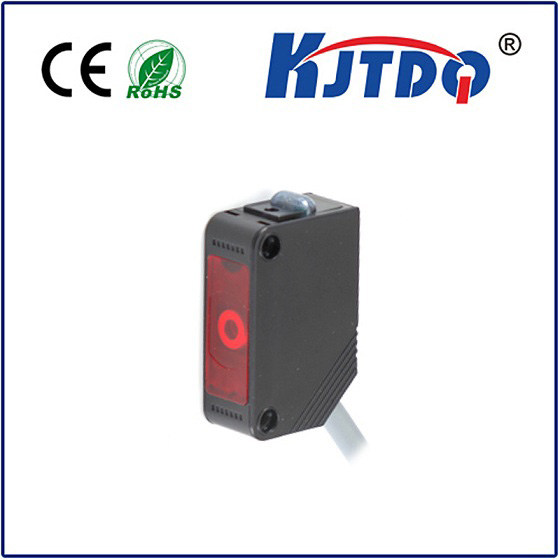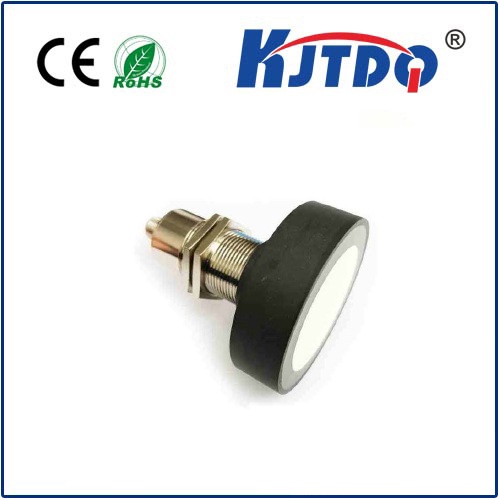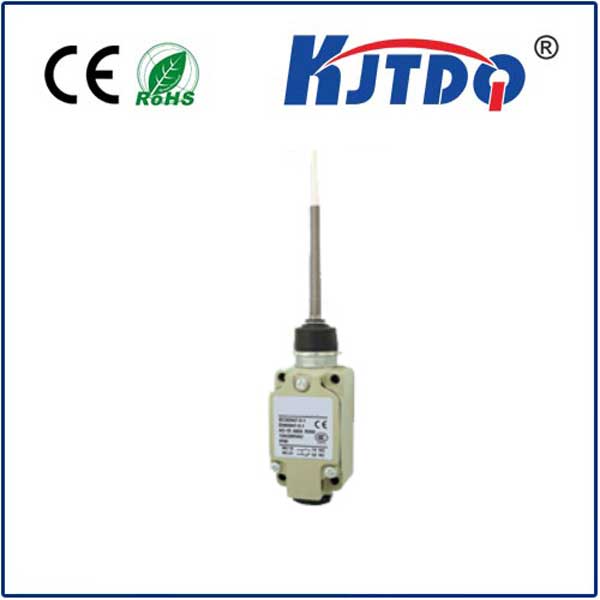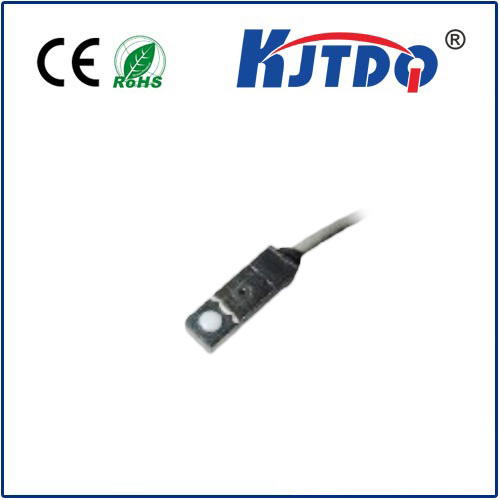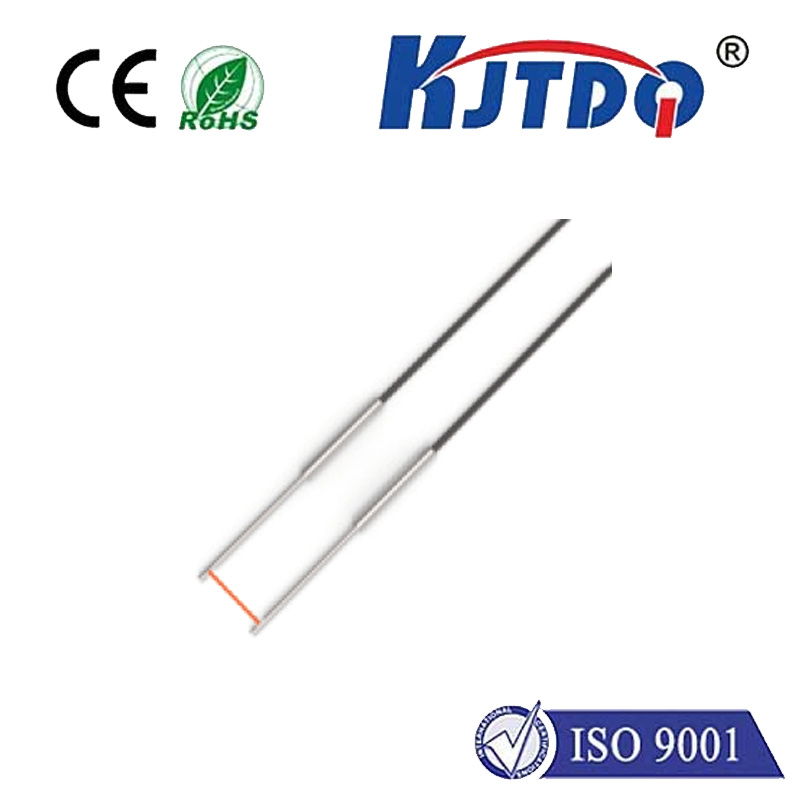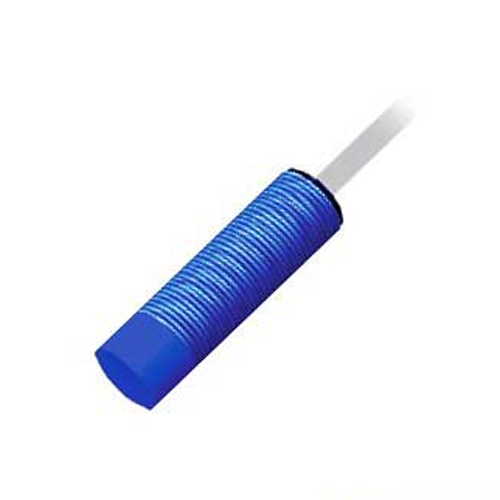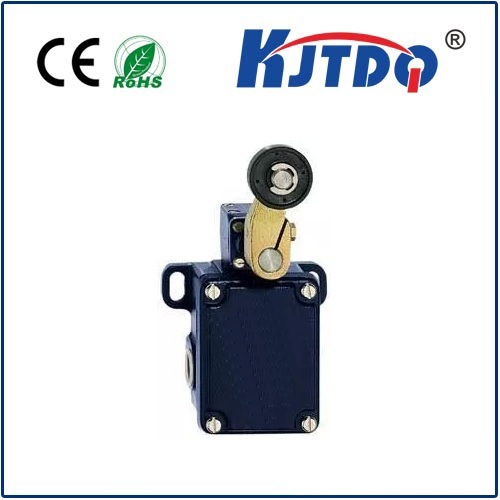

check

check

check

check

check

check

check

check

check

check
Exploring the Functions and Applications of Paddle Limit Switches
Paddle limit switches are an essential component in various industrial machinery and equipment. These switches are designed to detect the presence or absence of an object, triggering a response that can either start or stop a machine's operation. In this article, we will delve into the functions and applications of paddle limit switches, highlighting their importance in maintaining smooth and efficient operations.
Firstly, let's understand what a paddle limit switch is. A paddle limit switch consists of an actuator arm that moves when it comes into contact with an object. This movement triggers an electrical signal that can be used to control the machinery's operation. The actuator arm can be adjusted to set the desired limits for the machine's movement, ensuring that it does not exceed safe operating parameters.

One of the primary functions of paddle limit switches is to provide safety measures in industrial settings. By detecting the presence or absence of objects, these switches can prevent accidents and equipment damage by stopping the machine's operation when it reaches its set limits. For example, if a conveyor belt is transporting materials, a paddle limit switch can be set up to stop the belt when it senses an obstruction or when the materials have reached the end of the line.
In addition to safety measures, paddle limit switches also play a crucial role in process control. They can be used to monitor and regulate the flow of materials, ensuring consistent production quality and reducing waste. For instance, in packaging machines, paddle limit switches can detect when a product has been properly packaged and signal the machine to move on to the next item.
Furthermore, paddle limit switches are widely used in robotic systems to enable precise positioning and movement. By setting specific limits for a robot's motion, paddle limit switches can ensure that it operates within a designated area, avoiding collisions with other objects or machinery.
Another application of paddle limit switches is in HVAC systems. These switches can be used to monitor the position of dampers and valves, ensuring proper airflow and temperature control within a building or facility. By detecting when dampers or valves reach their preset limits, paddle limit switches can automatically adjust the system's operation to maintain optimal comfort levels.
In conclusion, paddle limit switches are versatile components that serve critical functions in various industrial settings. From providing safety measures and process control to enabling precise robotic movements and regulating HVAC systems, these switches play a vital role in maintaining efficient and effective operations. As technology continues to advance, it is likely that we will see even more innovative applications for paddle limit switches in the future.
